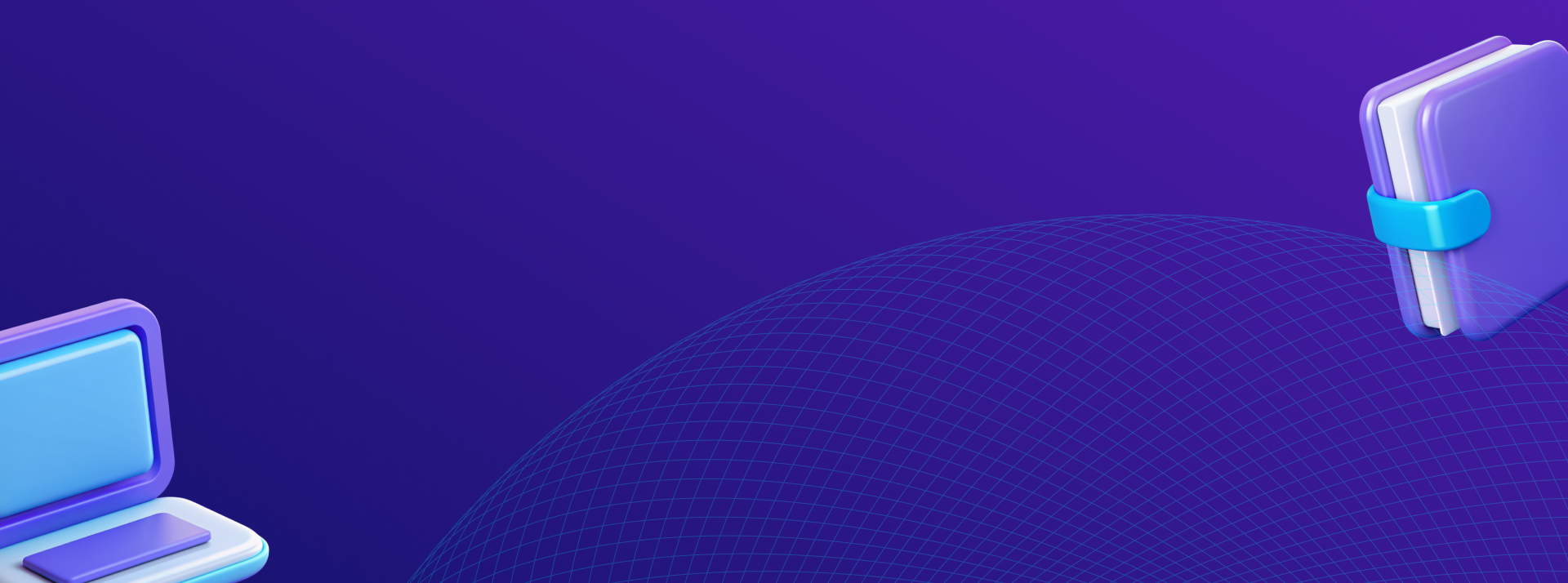Mobile technology has gone through multiple evolutions in the past thirty years, taking the telecommunications from a niche sector into a hugely transformative industry.
However, every generation of technology eventually reaches the point of obsolescence before it is replaced by the next, which can cause temporary disruption of the market.
Companies with cellular-based Internet of Things (IoT) devices are facing one such juncture as major networks begin to sunset their 2G and 3G networks in favor of 4G long-term evolution (LTE) technologies. The transition will be especially challenging due to the complexities of a typical IoT end-to-end solution, which is often formed from several interlinked components with co-dependencies, including:
- Device
- Device application
- Carrier/coverage
- SIM
- Gateway Application
- Cloud Platform
To successfully manage the transition of an IoT end-to-end solution, all these interlinked components must be considered.
Don’t let the sun go down on you.
When it was released in 1991, 2G technology was revolutionary, with 40kbps speeds. However, it has long since been eclipsed by 3G (2Mbps) and 4G LTE (150Mbps), and now with 5G (1Gbps) also in development.
The evolution of the carrier network has two different objectives. The first is to increase data speeds, which has great relevance for consumer devices. The second is to better meet the needs of IoT devices, which often only transmit small amounts of data and therefore do not require high data bandwidth but need long battery life and greater coverage. As a result, the future holds great potential for improved IoT functionality that will enable new business opportunities and innovative services. For carriers to roll out these new network services, they will have to shut down their older 2G and 3G networks to refarm the spectrums to 4G.
Seizing the Opportunity
At first, many companies deploying IoT devices may have been doubtful about the necessity of a 4G LTE network, viewing it as having more benefit for consumer devices (such as mobile phones) that transmit large amounts of data. However, several new technologies such as LTE-M (also known as Cat-M1) and NB-IoT – which both operate on the 4G LTE networks – have been specifically designed for IoT devices. Known as cellular Low-Power Wide-Area (LPWA) technologies, they provide far greater coverage and capacity, while using much less power, ensuring long battery life.
How Ready Are You?
Different companies are at various stages in their transition programs to 4G LTE. For those who have yet to give serious thought to their strategy, it is imperative that they start right away. The best planned and executed migrations can take between 12 to 18 months. These projects often require a re-evaluation of the business and technical aspects of the IoT solution. This can lead to the need for a redesign of the technical architecture, as well as hardware and equipment replacements in the field.
Timely management of this process is critical to prevent business disruption and negative impact to customers.
The Key Considerations
Functionality
- What are the data speed/capacity needs of the IoT devices?
- What amounts of data transmission are required?
- Will the devices be battery operated, or continuously powered?
Coverage
- Is there a requirement for deep indoor coverage?
- Does the business require coverage in remote locations?
- Is always-on availability needed for the devices? Or is it sufficient to connect when needed?
- Is international coverage required? And if so, which countries?
Expansion
- What are geographic coverage requirements?
- What are the expansions or reduction in current geographic coverage?
- Are there plans to expand into new products and new markets?
- If so, what are volumes of devices that must be added, and when/timeline?
Security
- What are security requirements?
- Is physical access to devices possible? Is the business at high risk of attacks?
- What are the current methods of protecting data and communication?
Future-proofing
- What will the business look like in five years/ten years?
- Have the costs of dual-upgrades been factored into the scenario planning?
Secure your Complimentary 3G Shutdown Assessment
Book your complimentary 3G Shutdown Assessment today, comprising:
- A high level solution architecture depicting the key components of your business application.
- Consultation with your key stakeholders to assess your environment and underlying technologies reliant on 3G.
- A 3G Shutdown risk report with high-level recommendations to start your migration activities.
Additional Resources
For more information visit – https://m2mone.co.nz/3gshutdown/





